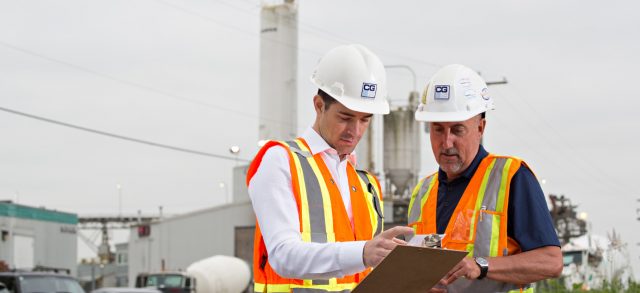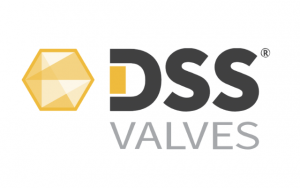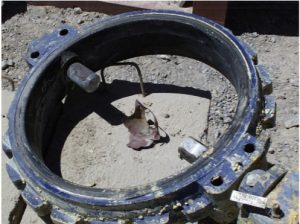Author: CGIS (CG Industrial Specialties)
The focus on Severe Service Valves (SSVs) has uncovered a lack of data that has been responsible for making the proper selection of SSVs more challenging and therefore more prone to failures. When one compares the datasheet of a control valve with one for an isolation valve, you will commonly discover that a fundamentally important element is missing from the isolation valve datasheet. You will be provided the static conditions in the datasheet; maximum design temperature, pressure, pipe size, media, Class, material of construction and often flowrates from minimum to maximum.
For a control valve this is all one really needs because the control valve operates 100% in the dynamic conditions that can be calculated from the data between minimum and maximum flowrates. But for an isolation valve which is typically static for most of its service life, without knowing the number of cycles and normal operating position – normally Open or Closed, one cannot properly consider the effects of the dynamic conditions that occur when transitioning between Open and Closed or vice versa. It is this transitional state that exposes the valve to very different conditions than when it is at rest and when it is most vulnerable.
When isolation valves leak, passing energy in the form of differential pressure can produce a velocity increase and the media can become a destructive agent, removing mass from the seating areas. This makes the leak worse and eventually the isolation valve is incapable of operating in its intended form.
Determining the minimum level of isolation that is required at the end of the service life of an SSIV is critical. That demands understanding what the life cycle of the valve will be and all of the conditions that will be experienced during the valve’s life. Without this full knowledge it is extremely difficult to select the valve type, the sealing system, materials of construction, valve bore, the operator, whether manual or automated, or special options demanded by the application.







Comments